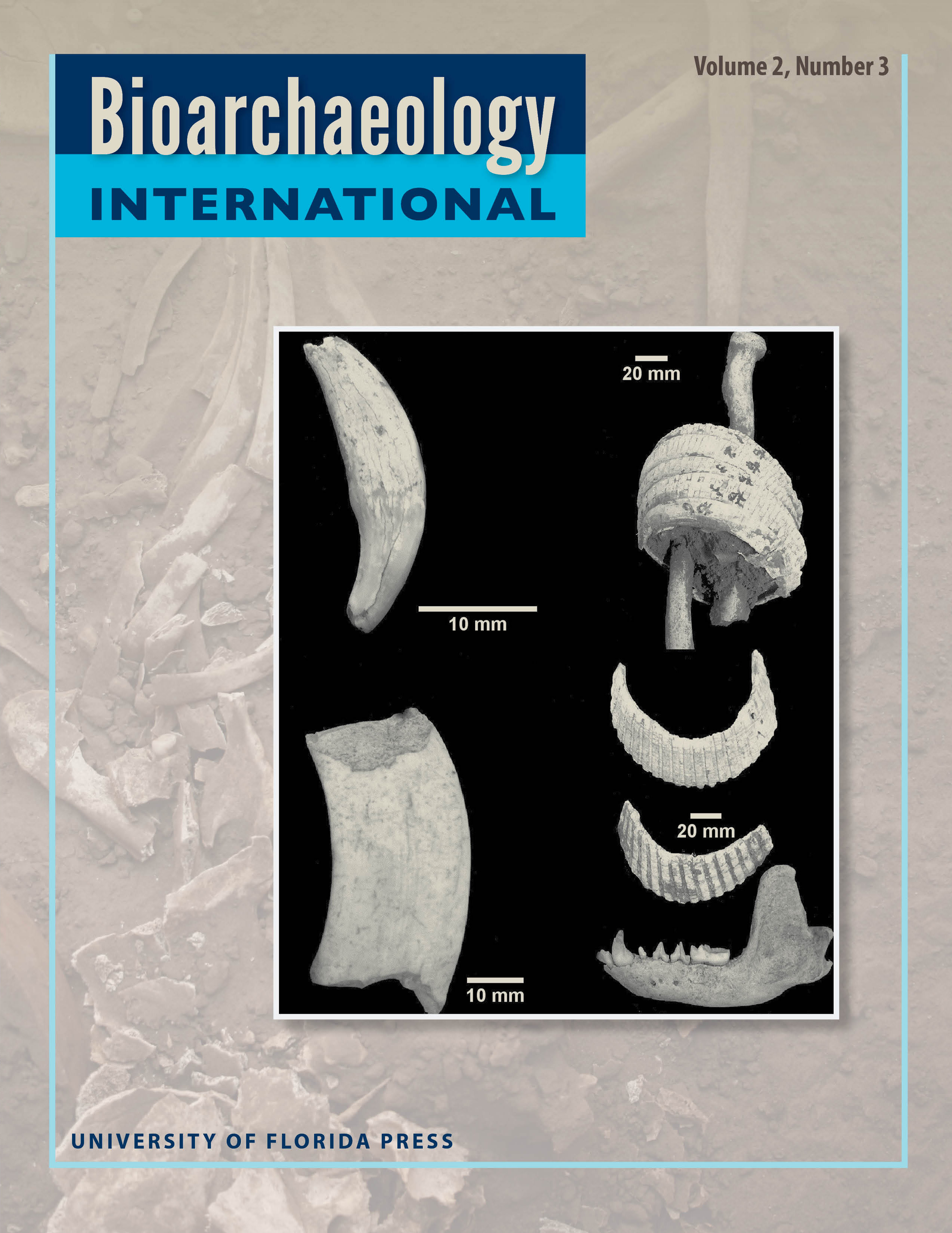The Drink Embodied: Theorizing an Integrated Bioarchaeological Approach to the Investigation of "Chicha de Maíz" Consumption
Main Article Content
Abstract
Past and present Andean feasts regularly involve the consumption of chicha de maíz (corn beer). Archaeologically, the presence and distribution of brewing and drinking vessels, iconographic representations, and paleoethnobotanical remains have been used to identify the preparation and consumption of chicha at the site level. However, these data cannot tell us if everyone imbibed. Given the social and political importance of chicha, gender, age, status, ethnicity, or other social distinctions in consumption were likely important in the construction of networks and the practices of power. In this article, we theorize a model for investigating chicha consumption at the individual level using a suite of bioarchaeological
methods. We suggest that data generated using this model and analyzed in conjunction with traditional archaeological data can help us better understand the social, political, and economic role of chicha. The “chicha signature” we propose includes co-patterning of oral health indicators, isotopic signatures, and the presence of diagnostic microfossils in dental calculus. The intent of this article is to call bioarchaeologists working throughout the Andes and in other regions where beer was culturally important to collect these data with the explicit goal of testing this approach.
Las fiestas andinas en el pasado y en el presente incluyen regularmente el consumo de chicha de maíz. La presencia y distribución de envases de cerveza y refrescos, representaciones iconográficas y restos paleoetnobotánicos, se han utilizado para identificar la fabricación de cerveza y el consumo de chicha en sitios arqueológicos. Sin embargo, estos datos no pueden decirnos si todos están bebidos. Debido a la importancia social y política de
la chicha, el género, la edad, el estatus, la etnicidad u otras distinciones sociales en el consumo fueron probablemente importantes en la construcción de redes y prácticas de poder. En este trabajo, teorizamos un modelo para investigar el consumo de chicha a nivel individual utilizando un conjunto de métodos bioarqueológicos. Sugerimos que cuando se analizan junto con los datos arqueológicos tradicionales, los datos generados con este modelo pueden ayudarnos a comprender mejor el papel social, político y económico de la chicha. La “firma chicha” que proponemos incluye patrones coordinados de indicadores de salud oral, firmas isotópicas y la presencia de diagnósticos de microfósiles en el cálculo dental. El propósito de este documento es llamar a los bioarqueólogos que trabajan en toda la región andina y en otras regiones donde la cerveza era culturalmente importante, a recopilar estos datos con el propósito expreso de probar este método.

